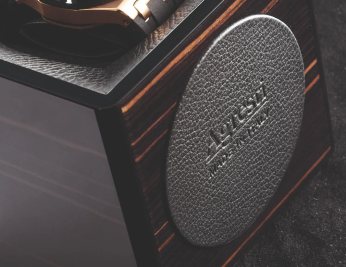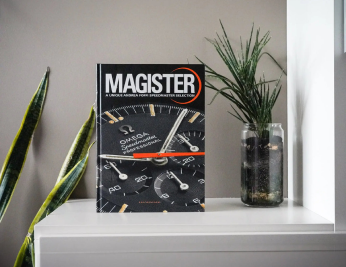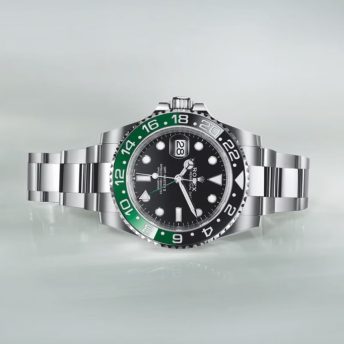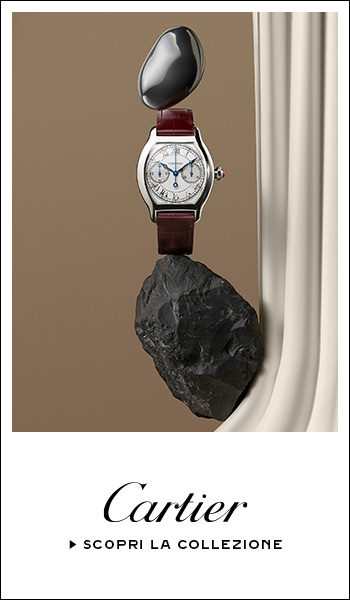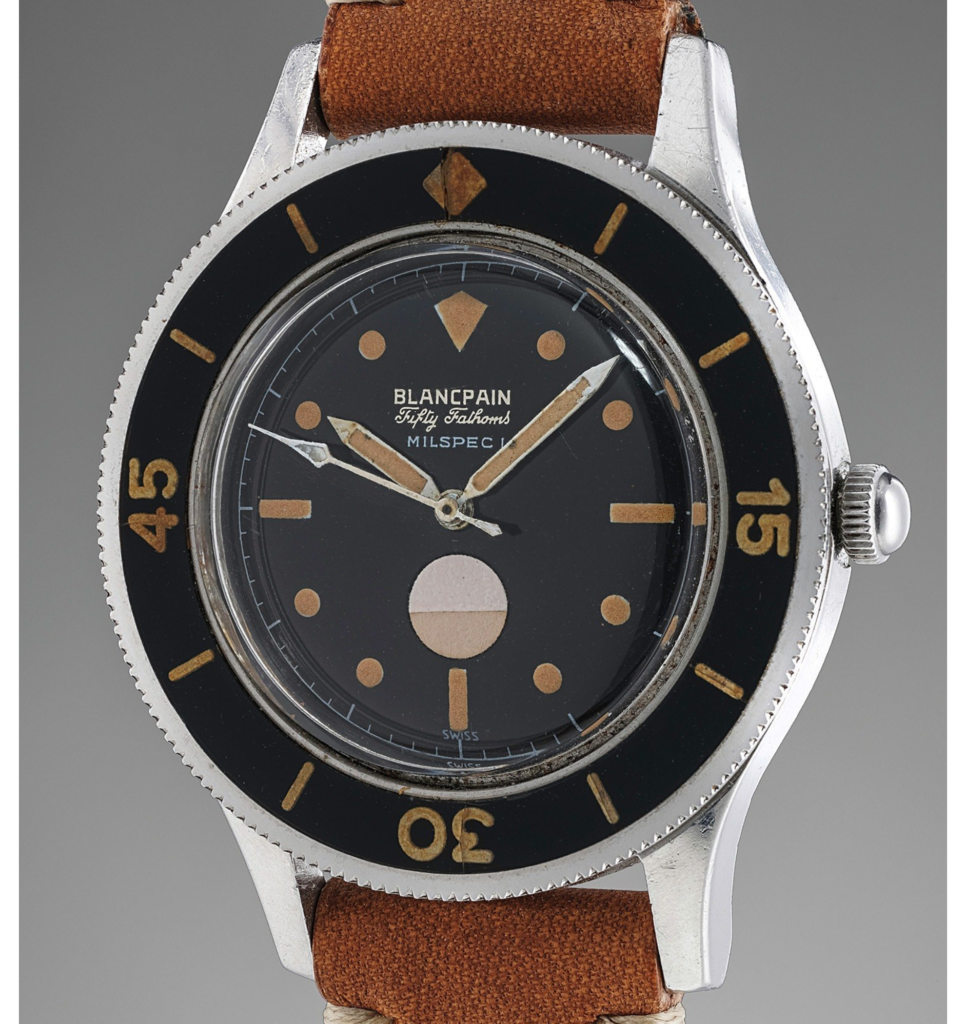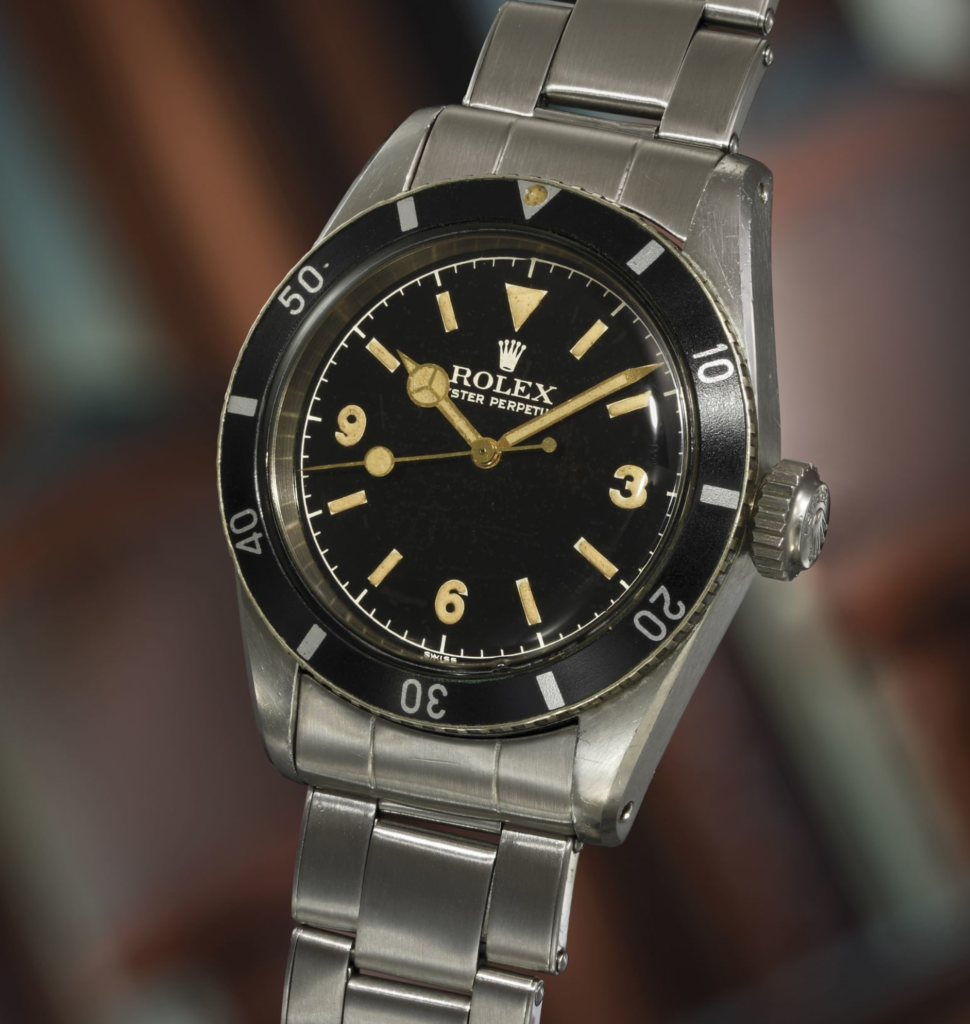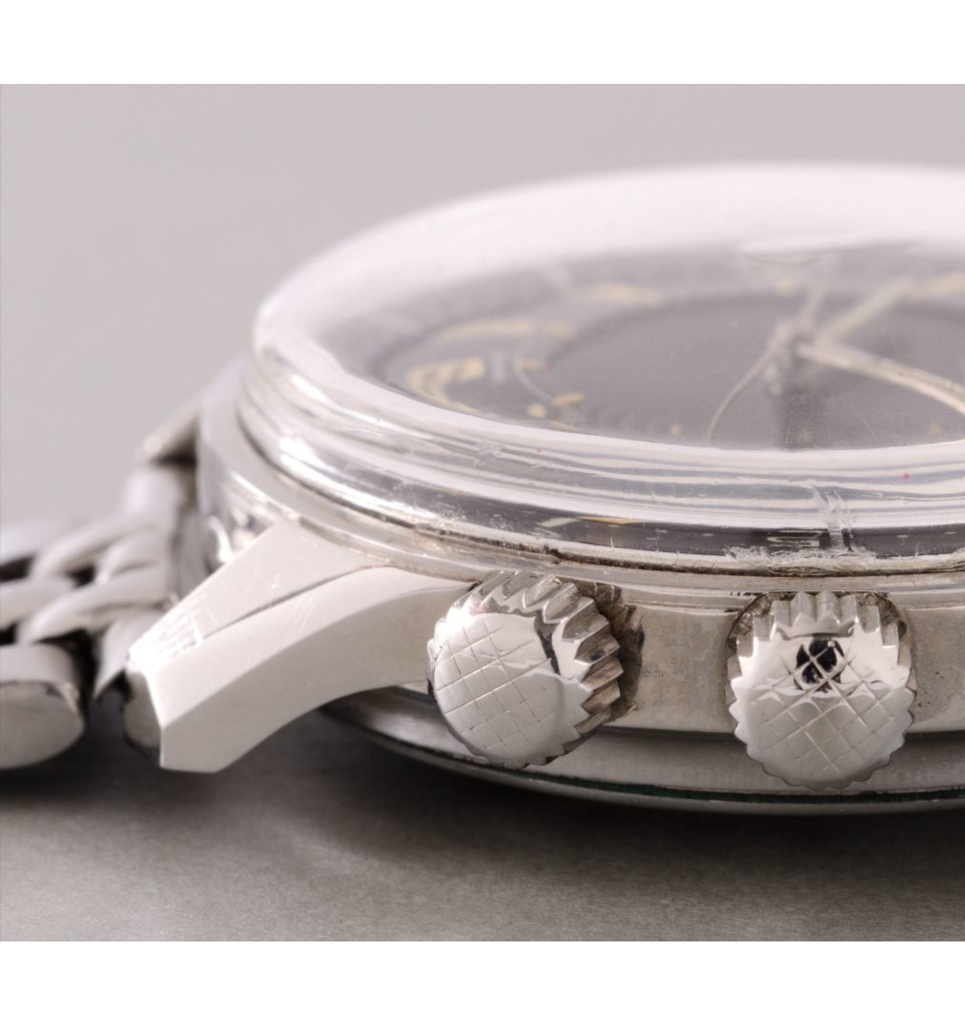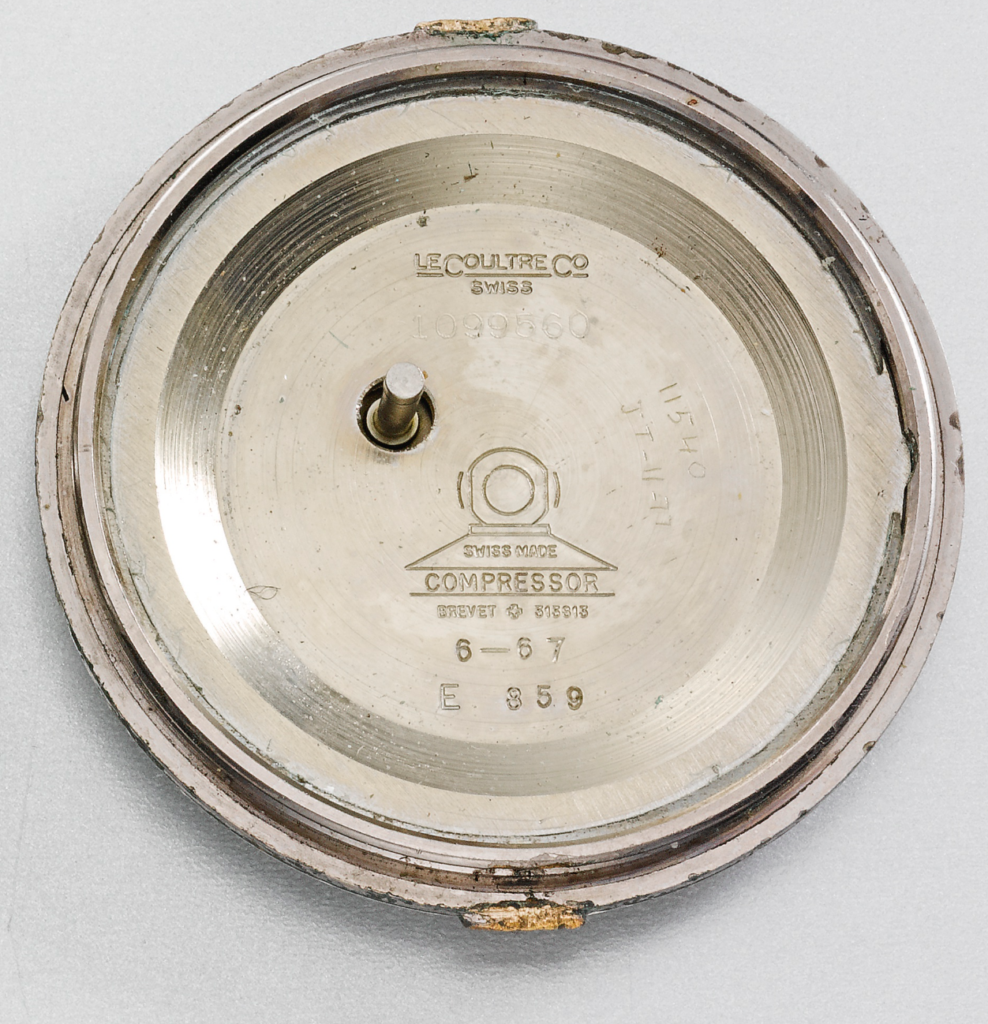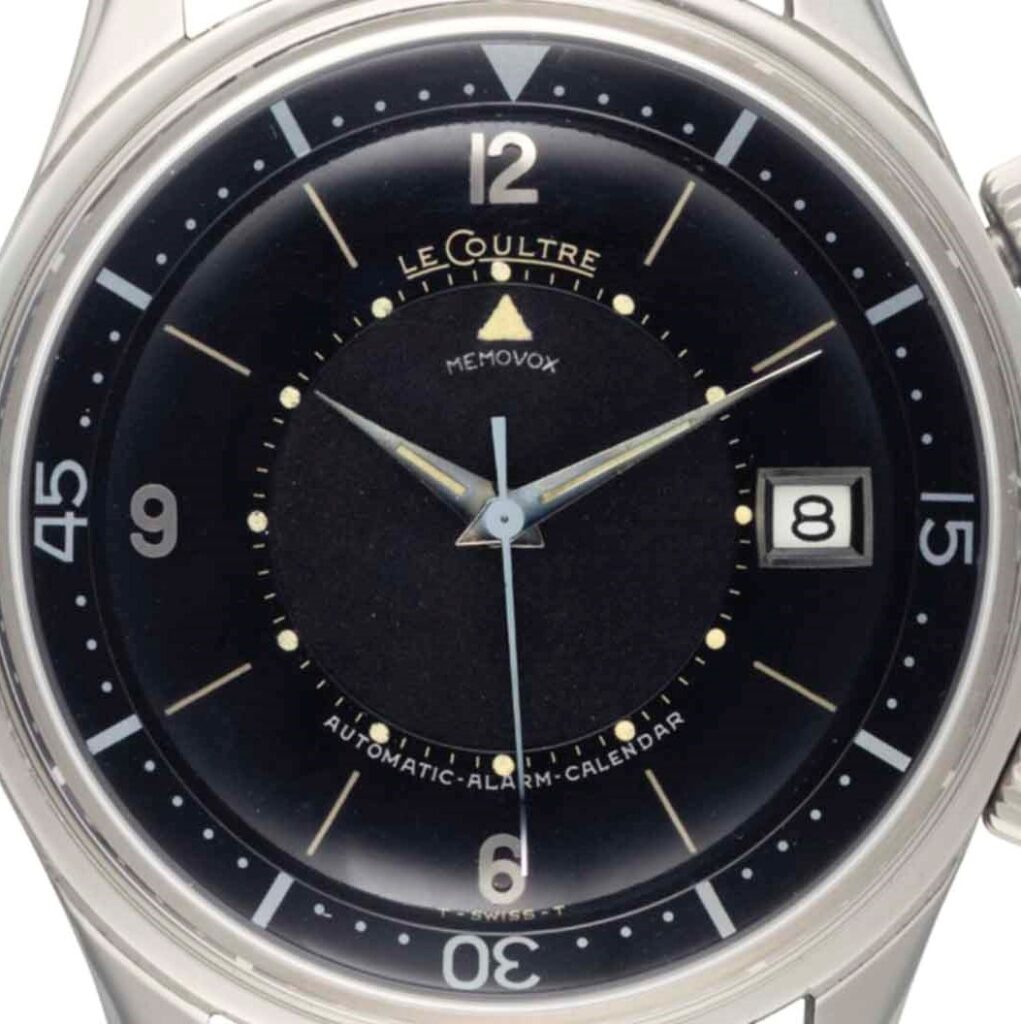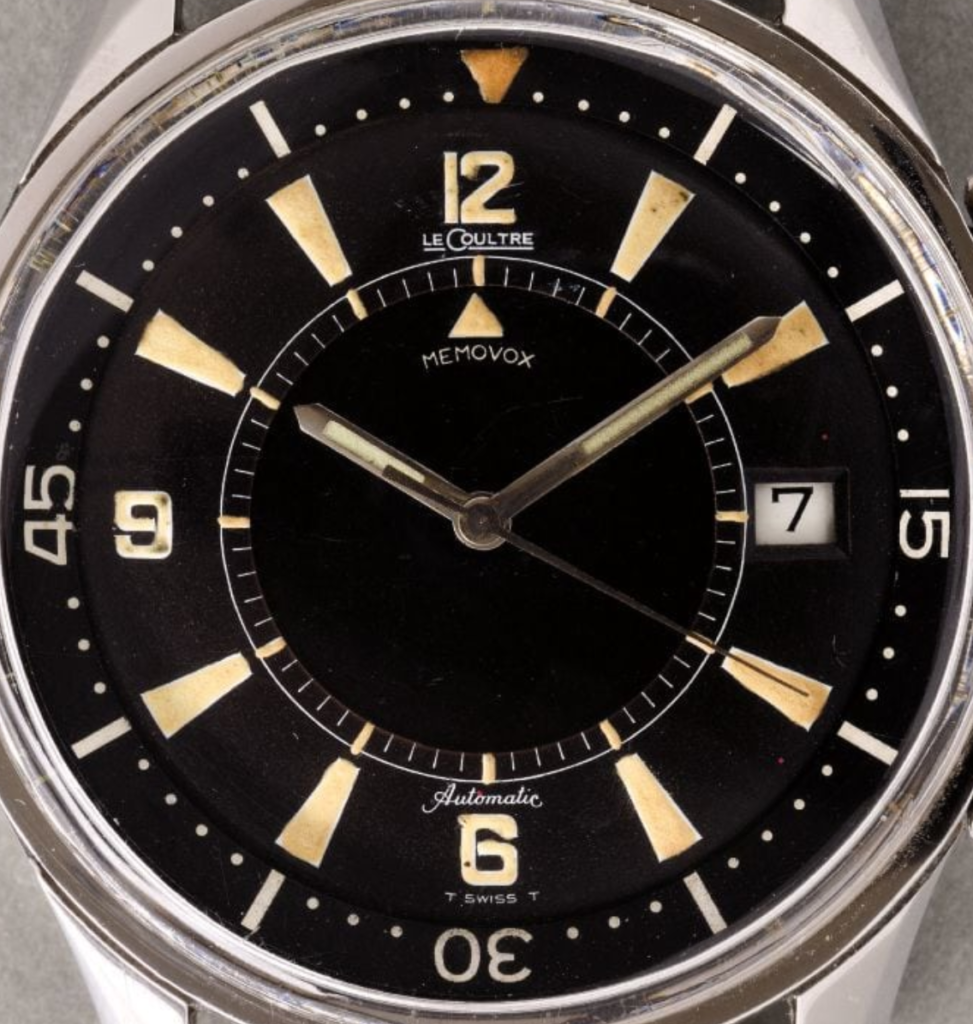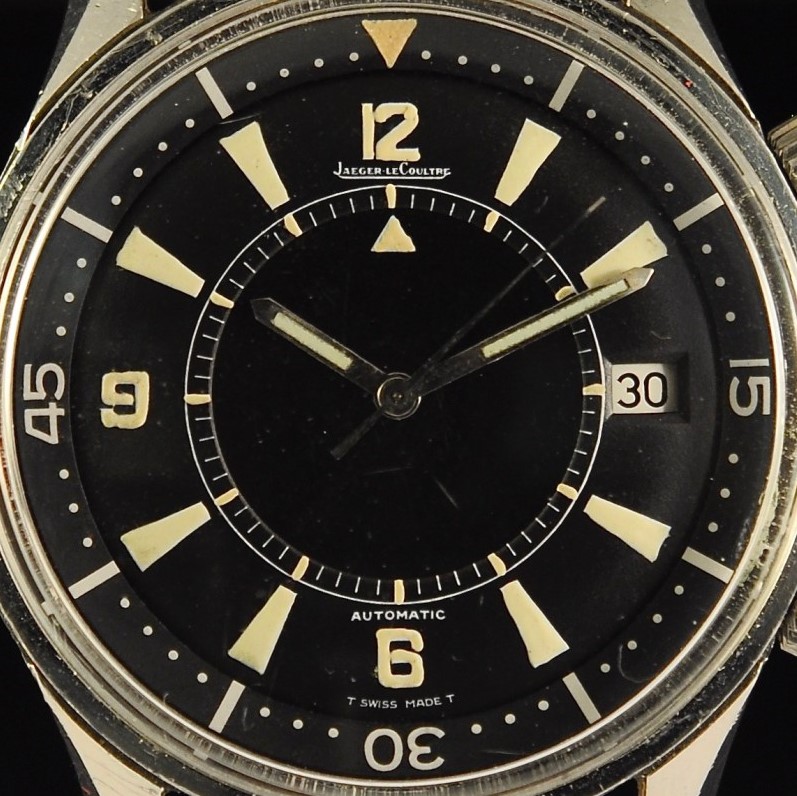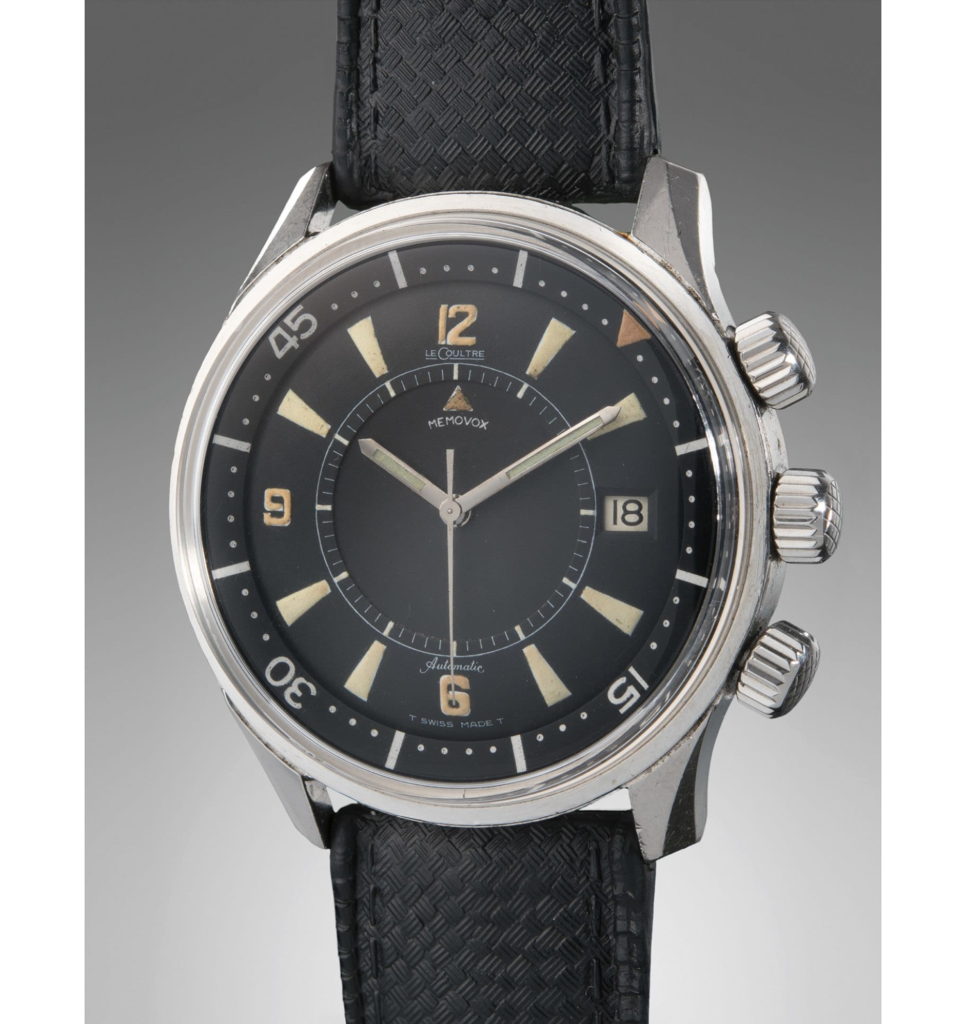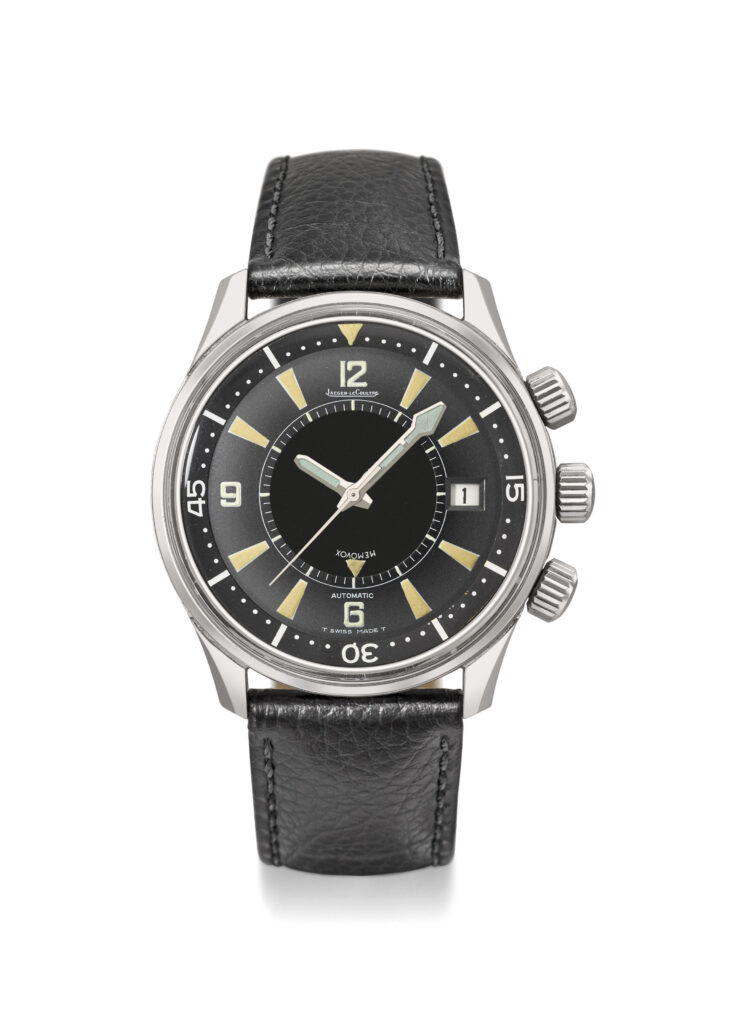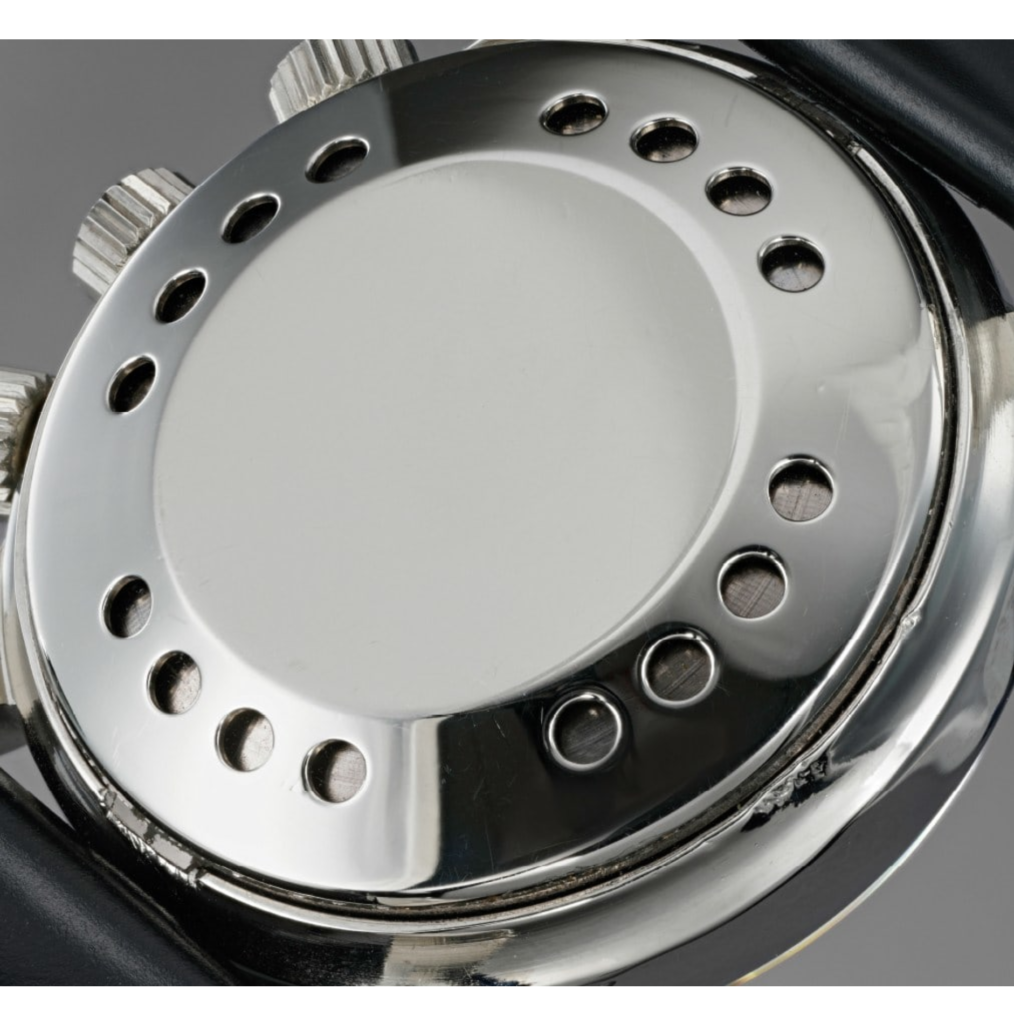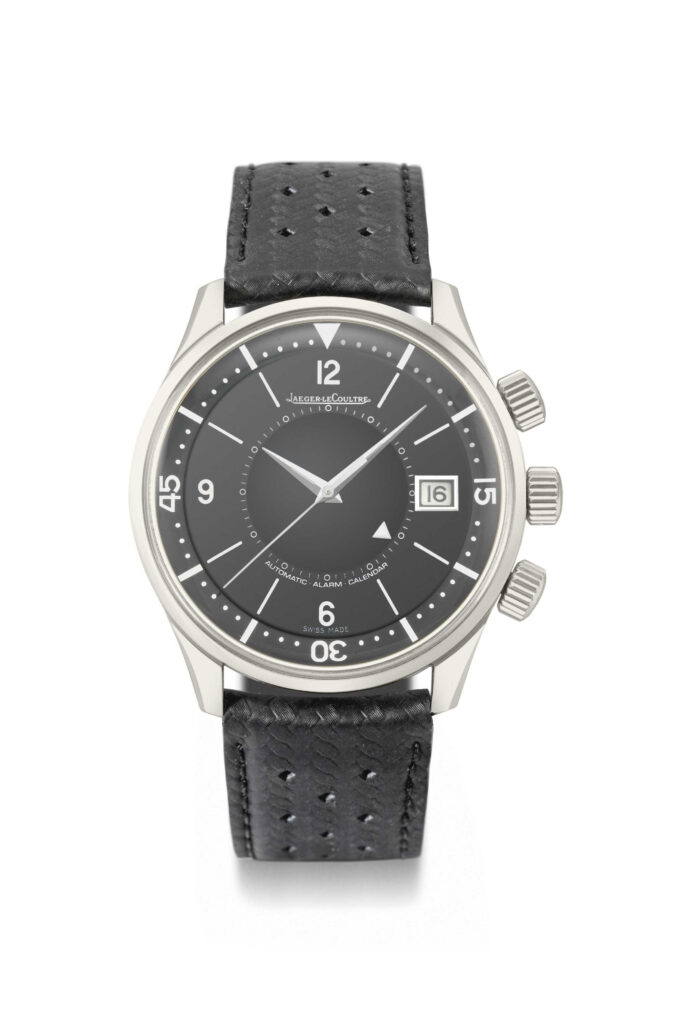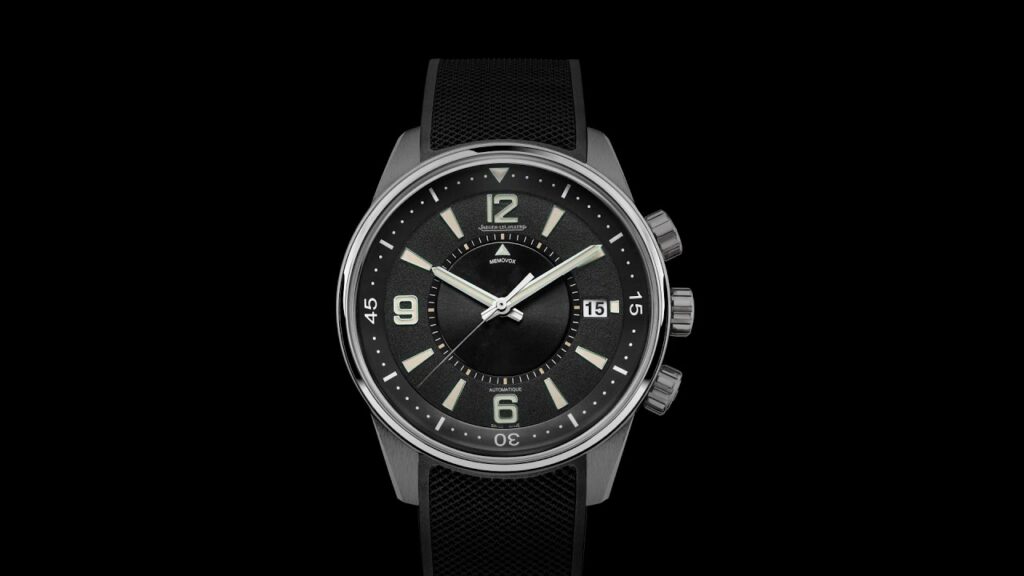The Jaeger-LeCoultre Polaris… one of the most important and ingenious watches in the Swiss watchmaker’s portofolio, not to mention an icon in the world of diver watches.
The 1950s were marked with oceanic exploration and oceanic related activity, both for cultural, recreational and military purposes.
This new height of exploration called for a new generation of kit and tools to allow these pioneers to operate at these new depths, particularly when it came to horology.
Right away, from the beginning of the decade, countless brands set out to make their mark in this industry by manufacturing their own dive watch, which hopefully would accompany the explorers down to these new, uncharted depths.
It was in these very years that some of the most iconic divers that we love today, like the Blancpain Fifty Fathoms (1953) and the Rolex Submariner (1954), were made.
Jaeger-LeCoultre’s Diver debut
Somewhat of a latecomer to the party, in 1959, Jaeger-LeCoultre made their diver debut. But this delay paid off, though, as this was no ordinary watch: it was the first out of all these divers to feature a memovox with an underwater functioning alarm.
Only 1,061 pieces were made, and the watch bore the Deep Sea Alarm name, ref. E857.
This model would see two different versions: one for the American market featuring the “Deep Sea Alarm” signature on the dial, meanwhile the one for the European market did not.
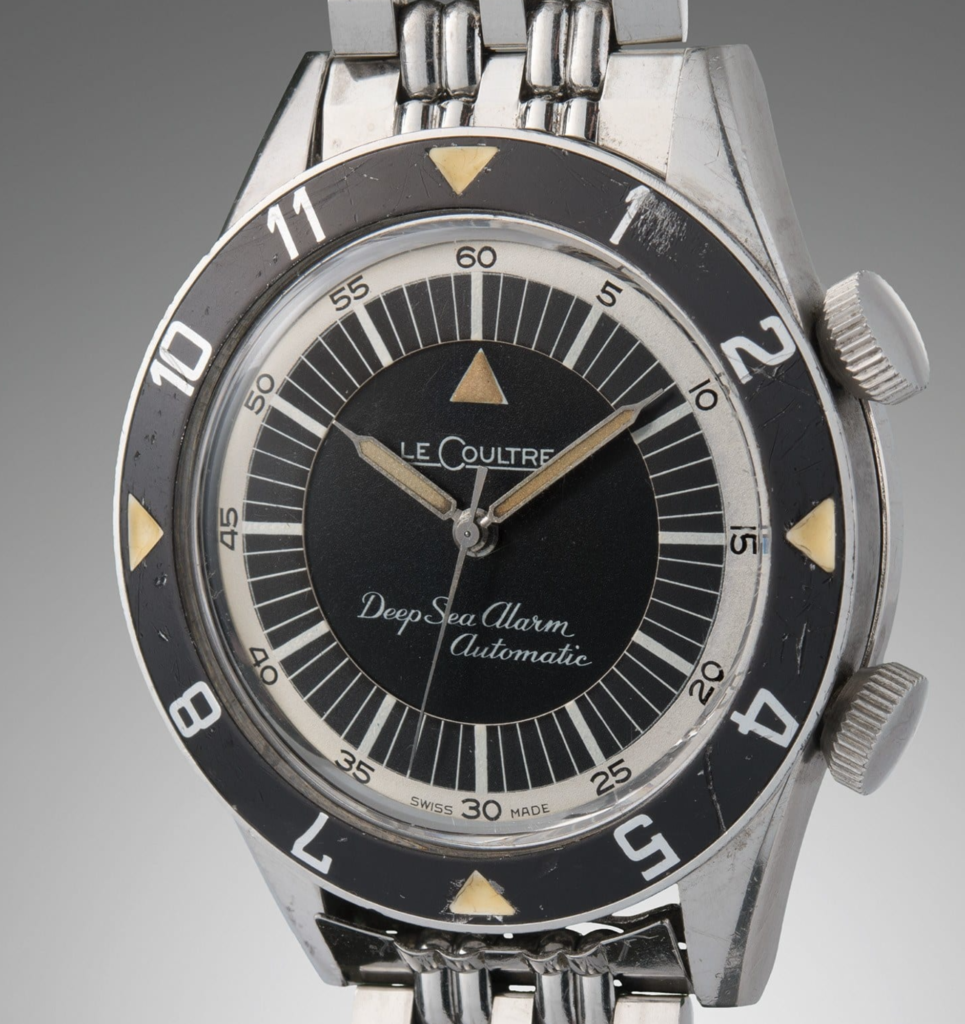
The Polaris
In 1963, the Polaris was born. This was marketed as “a watch for a man of action”: whether he be a businessman, explorer, or just an all-round get-up-and-go kind of guy, this was the watch he would wear.
1,714 exemplars were manufactured (as well as more than 50 prototypes, but we’ll get to that in a second) between 1965 and 1970. By today’s standards that’s not all too impressive, but back then, this was considered a huge success, especially for such a “niche” watch. This success is owed to the fact that it incorporated all the beloved features of the sub.
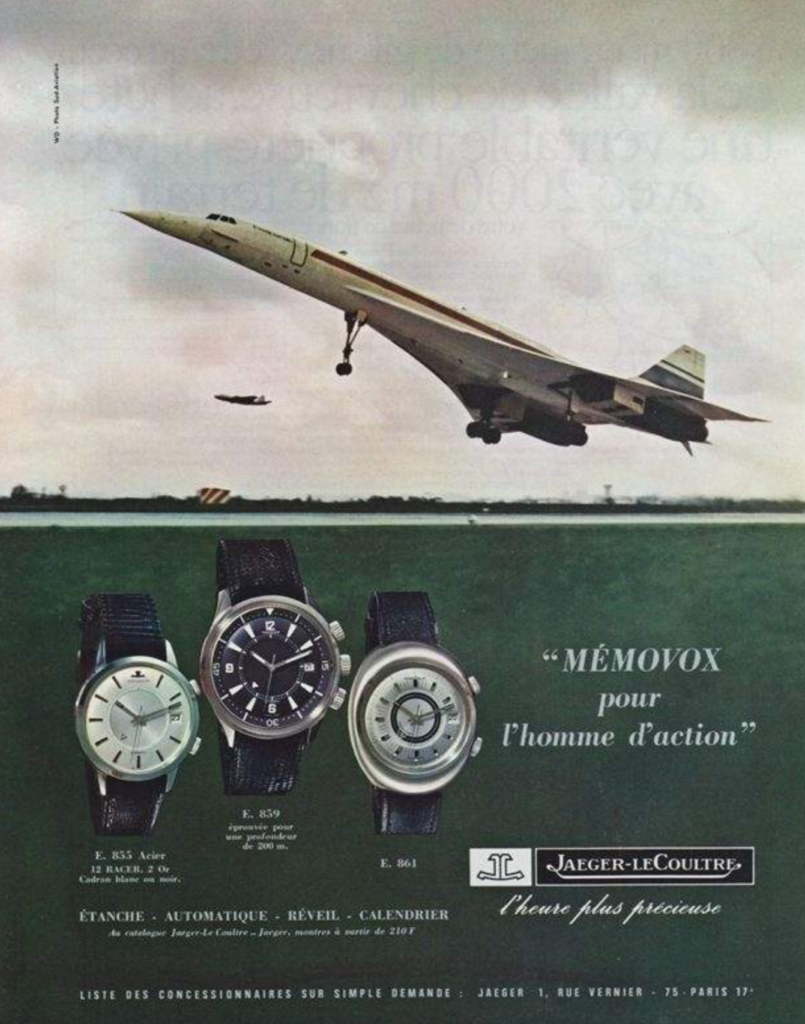
The Case
Right off the bat, the Jaeger-LeCoultre Polaris was a hit because of the 42mm wide case, which, at the time was definitely oversized, but allowed more space for the dial, improving legibility.
The Polaris’ cases were made by Piquerez, an expert when it came to cases for diving watches thanks to their self-named patent “Piquerez Compressor System”.
Moreover, the steel cases of the Polaris were very rigid and robust, helping it guarantee 200m of waterproofness. The engraving of a traditional diving suit on the internal caseback is a nod to its aquatic roots.
As you might have already noticed, the Polaris sports 3 crowns. Each one of these received the “quadrille” finishing treatment: a common practice for diver watches of that era, like those made by Longines, or the 812AD Aquatimer by IWC.
- The first crown winds the mechanism for the alarm function. By pulling it out, you can adjust it or switch it off.
- The middle crown rotates the disc for the alarm
- The last one at the 4 o’clock position is the “regular” crown, which winds the main mechanism and sets the date and time.
The Dial
Different series of the Polaris brought different dial iterations, but there are some features that always remained the same.
Thanks to the aforementioned oversized case, paired with generous use of luminous material, legibility was never a problem for the Polaris. In fact, this was one of the major factors for its large-scale success.
Depending on which market it was made for (European or American), the dial was stamped with either Jaeger Le-Coultre or just LeCoultre.
Although nowadays there are some who consider the inclusion of the date window at the 3 o’clock position “intrusive” and “disruptive”, back then, it was a critical feature.
Indeed, without smartphones, this function was very useful as it let the wearer (and/or whomsoever might have asked) know the date at just a glance, which would come in handy when in a professional environment.
One quick bit of trivia: the dials could be stamped with the “T Swiss T” or the “T Swiss Made T” signatures, indicating the luminous material.
The Movement
Powering the Jaeger-LeCoultre Polaris is the (naturally) in-house caliber K825, an ultra reliable and robust automatic movement. This movement was already proven successful as it was incorporated in the Memovox model, and is technically quite impressive as it falls into the bumper category. These types of movements were rather peculiar as they didn’t have a rotor which could freely roate through all 360 degrees. Instead, they had two opposing springs which accumulated the “impact” energy when the rotor made contact with them.
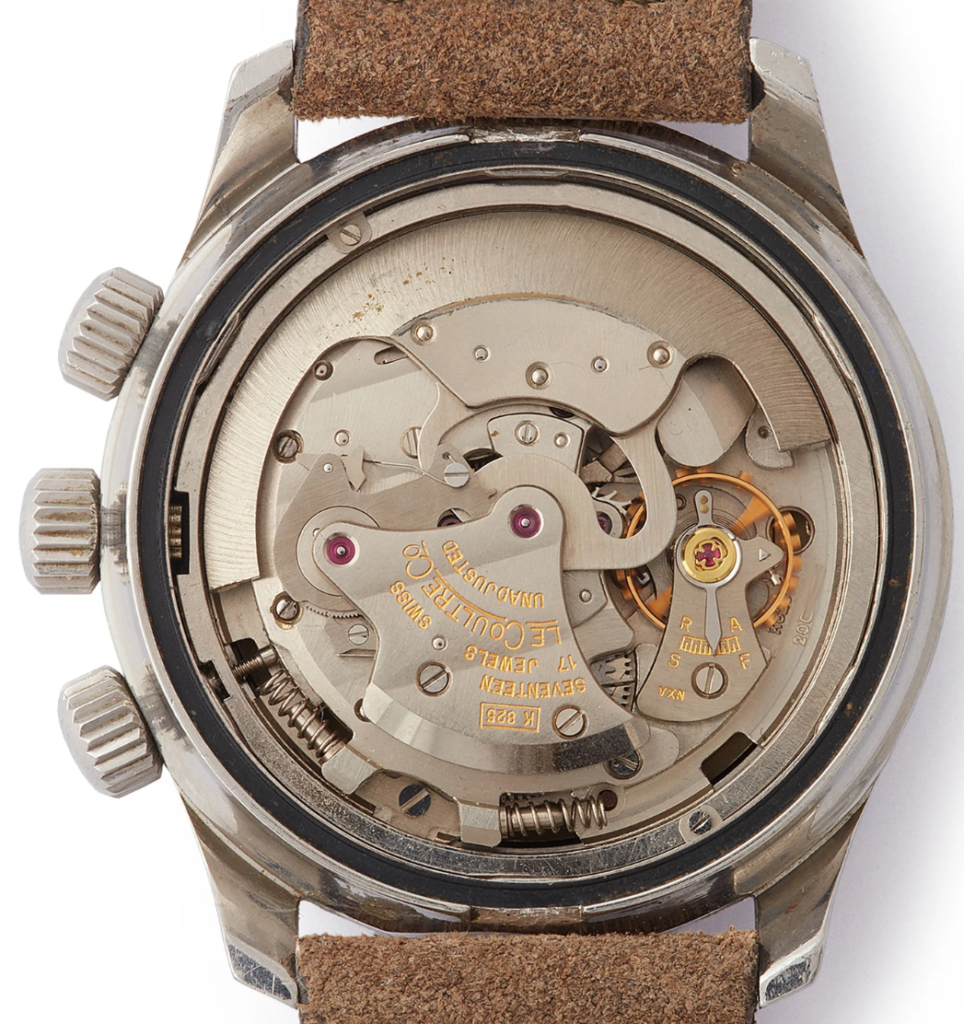
The first Polaris Prototype
In 1963, Jaeger-LeCoultre created 50 prototypes for the Polaris, which were never destined to be sold, and do not fall into the 1,714 count. This “pre-series” model introduced the 42mm Supercompressor case, which was kept throughout the whole production run.
On the other hand, these prototypes featured unique characteristics which were not present on the “standard” Polaris.
- Non-luminous indices
- Dauphine hands
- Smooth caseback, without the “16 hash-marks”
- Absence of the “Memovox/Memodate” signature
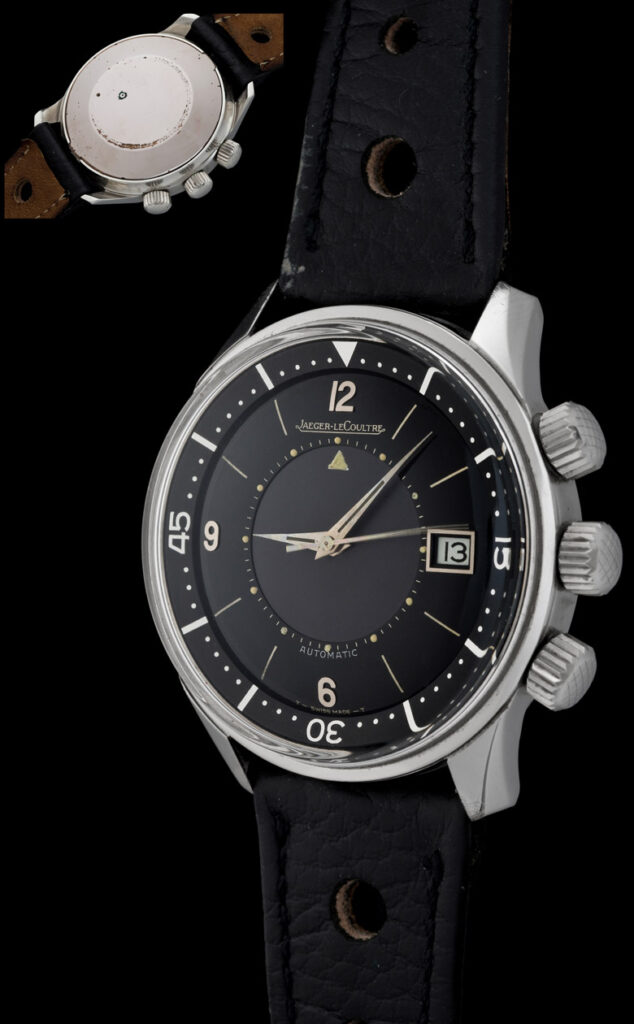
The 1965 version
The first Polaris to officially be listed in the Jaeger-LeCoultre catalogue was introduced in 1965, and shares some traits with its 1963 prototype.
In fact, the dial is free from luminous indices, and earlier models featured dauphine style hands.
The rest, for example, the case, crowns and movement, are the same. Not only that, but they would remain the same for the successive 1968 version.
Finally, the 1965 Polaris is the first one to sport the Memovox signature as well as a unique tag line: “Automatic Alarm Calendar”, rather than simply “Automatic”.
Only 500 exemplars of the 1965 Polaris were made, and now collectors refer to them as the “first series” Polaris.
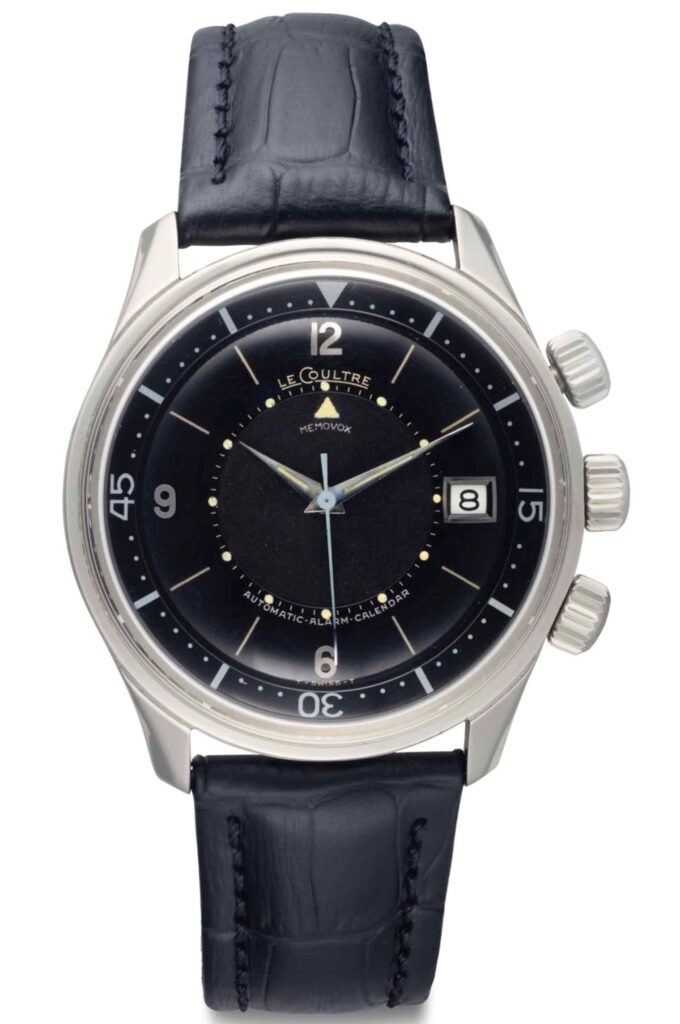
The 1968 version
In 1967, a new type of Polaris saw the light of day: one that, if not for the smallest of modifications, remained unchanged until production definitively stopped in 1970.
Although the original Polaris was known for great legibility, this version really redefined what that term meant: it featured very broad trapezium-shaped indices, heavily coated in tritium, just like its syringe-style hands.
As mentioned previously in this article, the iconic old-timey diver is engraved in the caseback, meanwhile the external caseback features the iconic “16 hash-marks”, which is the cornerstone component for the underwater alarm function (not featured in the prototypes).
The production numbers for this “defining” Polaris is as follows:
- 9 units made in 1967
- 1,214 units made in 1968
- 55 units made in 1970.
This last batch sported a different type of hands, nicknamed “Calypso” style hands (right).
Although we can clearly see that exemplars were sold in 1967, this series was always referred to as the “1968 version”, or “second series”.
Credits: Phillips Sfere calypso Credits: Phillips
A new debut for the Polaris
After more than 40 years in the archives, Jaeger-LeCoultre re-vamped the Polaris project, adding two new versions to their modern catalogue, both very loyal to their predecessors.
The first version, limited to 165 pieces, draws heavy inspiration from the original 1963 prototype. One peculiar feature of this timepiece, faithful to the prototype, is its platinum case, underlining the iconicism of this model.
The second version instead is more similar to the “standard” Polaris, and is significantly more available: 1,000 units to be exact. This is a very faithful re-edition of the beloved Polaris. Obviously, the tritium was replaced by a non radioactive material! The three crowns adopt both the same position and functionality, as well as the traditional “quadrille” surface finishing.
-Translated by Patrick R.

